You may come across the terms identity and style guide for your brand, and people tend to use them interchangeably. However, they do have some differences.
When you hear the word “brand,” you may immediately think of a company logo, a colour, or a particular product that’s a customer favourite. However, a brand is more than its products and services — it encompasses the relationship between a business and its customers.
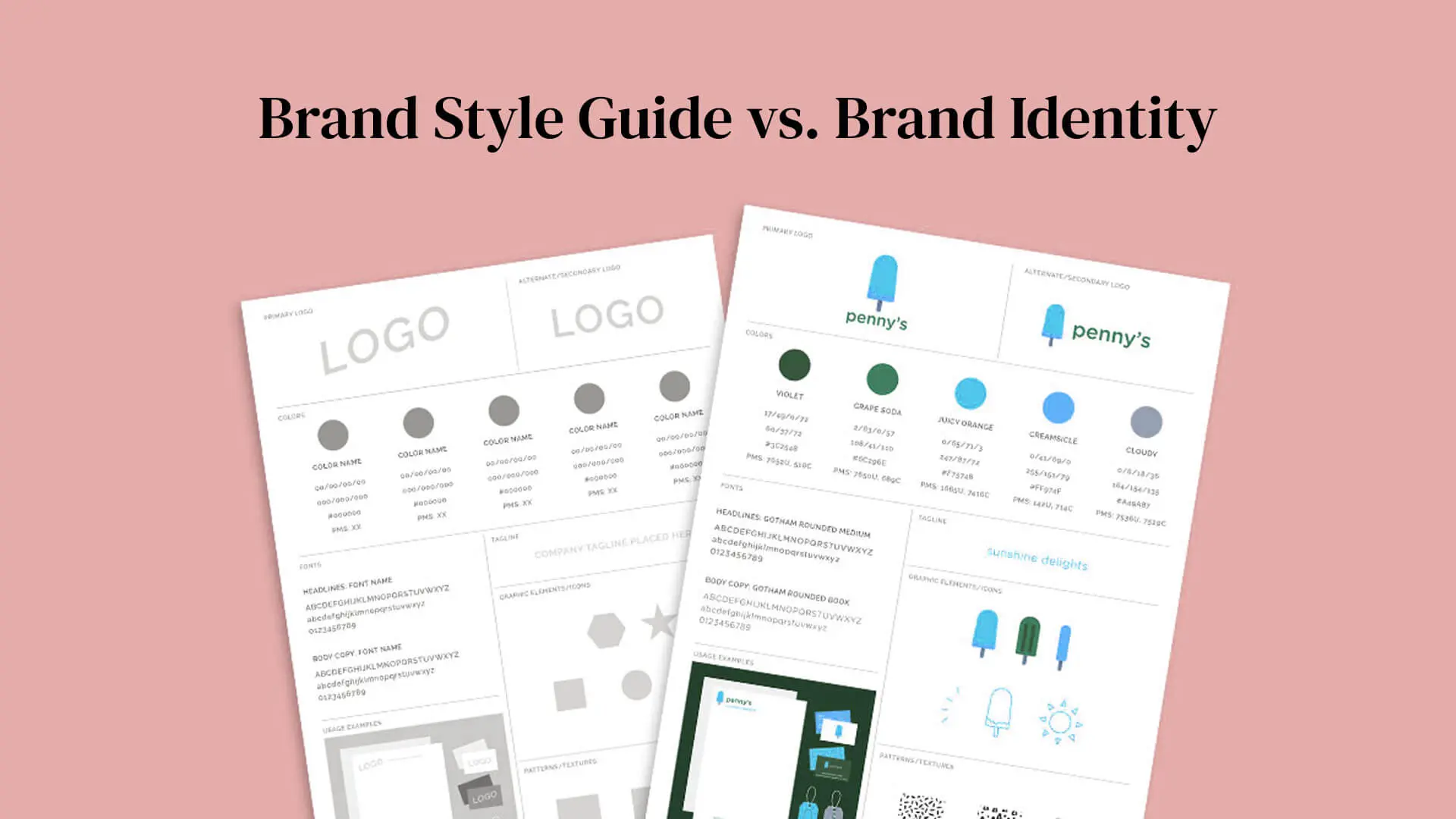
Whether you want to rebrand your business or create a new brand on the market, understand the terms identity and style guide for your brand. You need to know how to use brand guides for the benefit of your company correctly.
Let us tell you all about the identity and style guide for your brand in this comprehensive article
Want to receive updates? Sign up to our newsletter
Each time a new blog is posted, you’ll receive a notification, it’s really that simple.
Differences Between Brand Identity And Brand Style Guide
What Is Brand Identity?
Similarly to an individual’s unique characteristics, the company’s branding is its unique identifier. For you, it may be your ability to cook up a storm. A friend’s unique identifier may be his singing skill or writing skill. And for some, it may be the way they look.
Similarly, the unique aspect that distinguishes one brand from another is its identity. Although the terms “branding” and “brand image” often describe a business’s identity, some minor differences lie between them.
While branding refers to the active steps to market itself to customers and develop a certain image, its identity is what customers think of it. Your brand personality is defined by what customers consciously and subconsciously think and talk about your brand.
This leads to increased brand recognition among customers — how they remember the brand, its products, or its services.
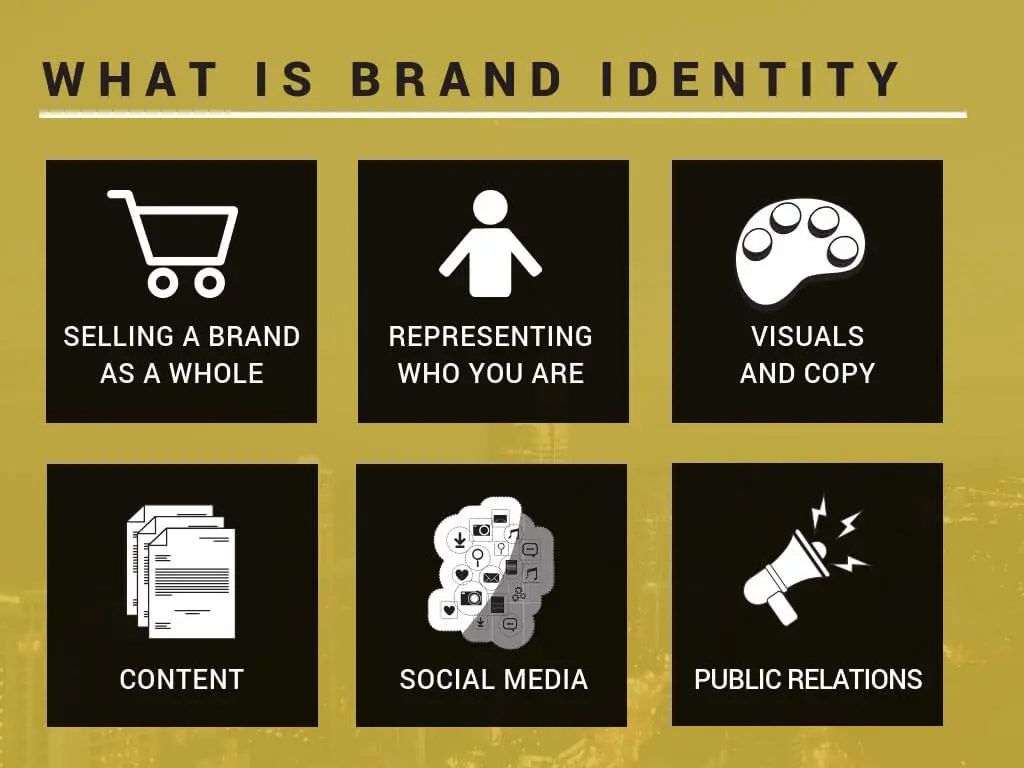
What Is a Brand Style Guide?
Think of your brand style guide as a personal playbook or brand bible. This playbook contains all the secret information and brand guidelines that your brand must follow. The brand style guide promotes brand consistency by ensuring that all team members are aligned with the same brand strategy.
The brand identity guidelines encapsulate elements such as brand colours, multiple brand fonts, brand palette, brand style, and brand story. The brand style guide also tells the brand how it should use its business identity to appeal to its target audience and create a unique perspective in their minds about the organisation.
Each brand has its style guide, which it should follow. It contains both the voice and the brand elements that define what the company is and what it follows.
Hence, it is essential to create a unique brand book for your brand, which should clearly define the brand style guides and story. Not just that, a great brand style guide will also provide clear instructions that ensure all its employees understand the brand style guide and follow the same core values.
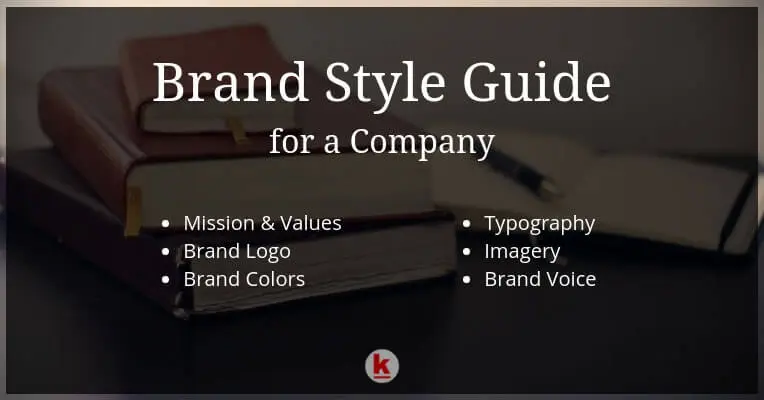
How To Create A Brand Identity?
Before creating an identity design for the company, it is crucial to understand and visualise your brand story and know it. The most important part of combining the elements that make a brand’s tone is staying true to the brand’s motto and voice and understanding a few critical factors.
Ask yourself these essential questions before creating the voice and identity of your brand -
- What is the mission of your brand — why does it exist?
- What are the company’s values and mission-vision statements of the brand?
- What do you offer? Which products and services solve customers’ issues?
- How are you unique from other brands?
- How would it sound, and what would it say?
Long story short, these are the key elements that make your brand’s identity unique. So take your time to understand these elements and answer them accurately.
What To Ask Yourself As A Brand Owner?
As a business owner, there are a few vital questions you can ask yourself before creating a strong brand.
- Why did you decide to start this particular business?
- What are the primary beliefs and goals that are important to the business?
- What is the unique skill that you have that most brands do not?
- What three words would best describe your brand?
- What three words would you want customers to associate with your brand?
Understanding these elements is not difficult; however, it is imperative to take time out and sit with these critical questions. The answers you get from them will inspire you to create a great brand that customers admire.
Alternatively, you can look at other brands online and visit their websites for inspiration. There may even be a learning centre where you can sign up as a new brand to understand the key elements that make up the identity of any company.
A website or online company may offer a free guide with concrete examples of how these guidelines and elements helped shape their brand. And we’d strongly recommend looking at each brand’s mission statement to understand them better.
Most brands choose to hire marketing professionals and web designers to help them create content guidelines and get a consistent look throughout their websites. You can take this option once you understand these essential elements.
Tips On Designing The Visual Identity of Your Brand
Look at some of the top brands on the market — from Adidas to Samsung, Rolex, or even Domino’s. What do these brands have in common? They all have a unique company logo, different font, colour palette, and brand equity.
These are the corporate design assets of each brand. And to create a strong identity, you need to have a concrete design plan for your brand. So, here are the key elements to consider when you create a brand style.
1. Colour Palette
Do you notice something that the logos of many fast-food joints have in common? Think of Pizza Hut, McDonald’s, Wendy’s, Domino’s, Burger King, etc. You will see that one of the key colours is red.
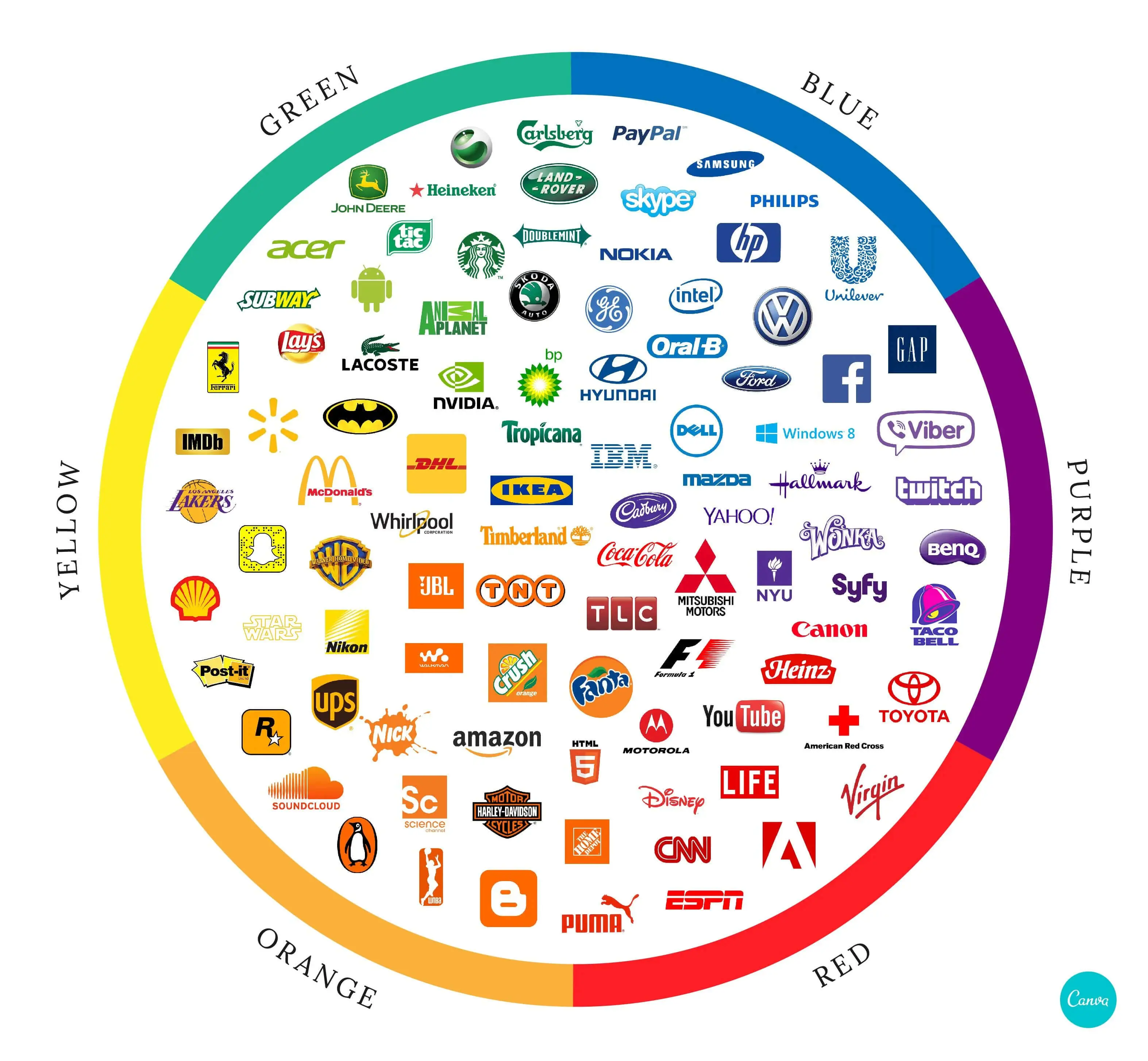
Wondering why that is? Well, that’s because this colour attracts attention and triggers your appetite. Hence, it’s no wonder that most fast food joints use a combination of red and yellow to alert customers and invite them for a quick meal.
On the other hand, you may notice a lot of restaurants using the colour green. This is also a colour psychology trick, as green produces a calming and inviting effect for the customers. They are persuaded to enter the calm atmosphere, relax, unwind, and enjoy a meal in peace.
You should always ensure that your designer has a good grasp of hex codes and understands how to use colours correctly to create different impacts.
When creating your brand style and logo, study the psychology of different colours and their effects on people’s minds. Plus, research and create logo guidelines that designers will follow when creating a brand logo for your company. Indeed, you don’t want to give the wrong message to your customers.
2. Typography
The next thing you need to pay attention to is the typography. Ideally, it should be consistent throughout the website design and business cards and logos. Remember that choosing the right typography can significantly affect how customers perceive your brand.
As such, there are four main types of font styles you can choose from -
- Script
- Serif
- Sans Serif
- Display
Certain font styles can provoke specific emotions among customers, so ensure that you study font styles well. You can check out font style guides online or take the help of a professional to choose the right one.
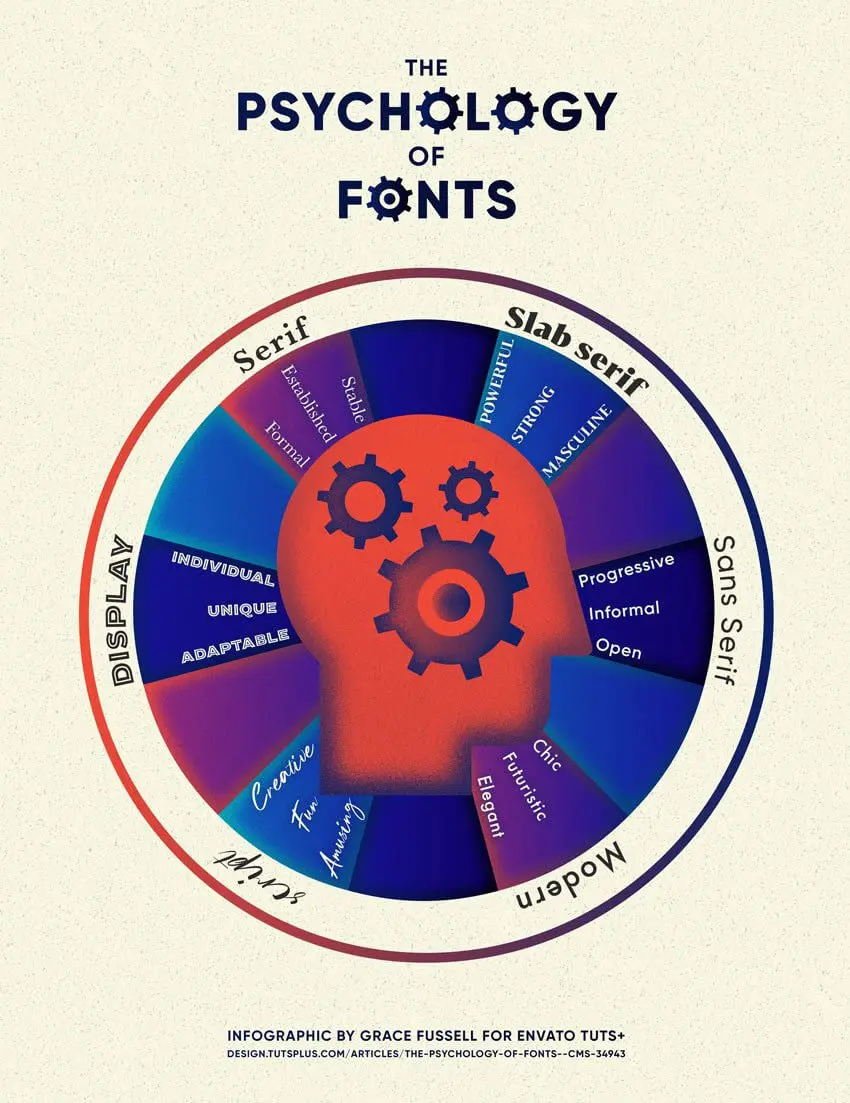
Other important aspects to remember in typography are the tracking and kerning ratios. These refer to the space between letters and between blocks of text. And they have a massive impact on how a customer may read, retain and accept a certain brand logo.
3. Shape
Did you know that even the shapes you use on brand logos and font styles can affect how customers perceive them?
Some examples of this include using circular or round shapes to create and foster feelings of love, unity and community. Rounded shapes are also considered more feminine than sharp edges and shapes.
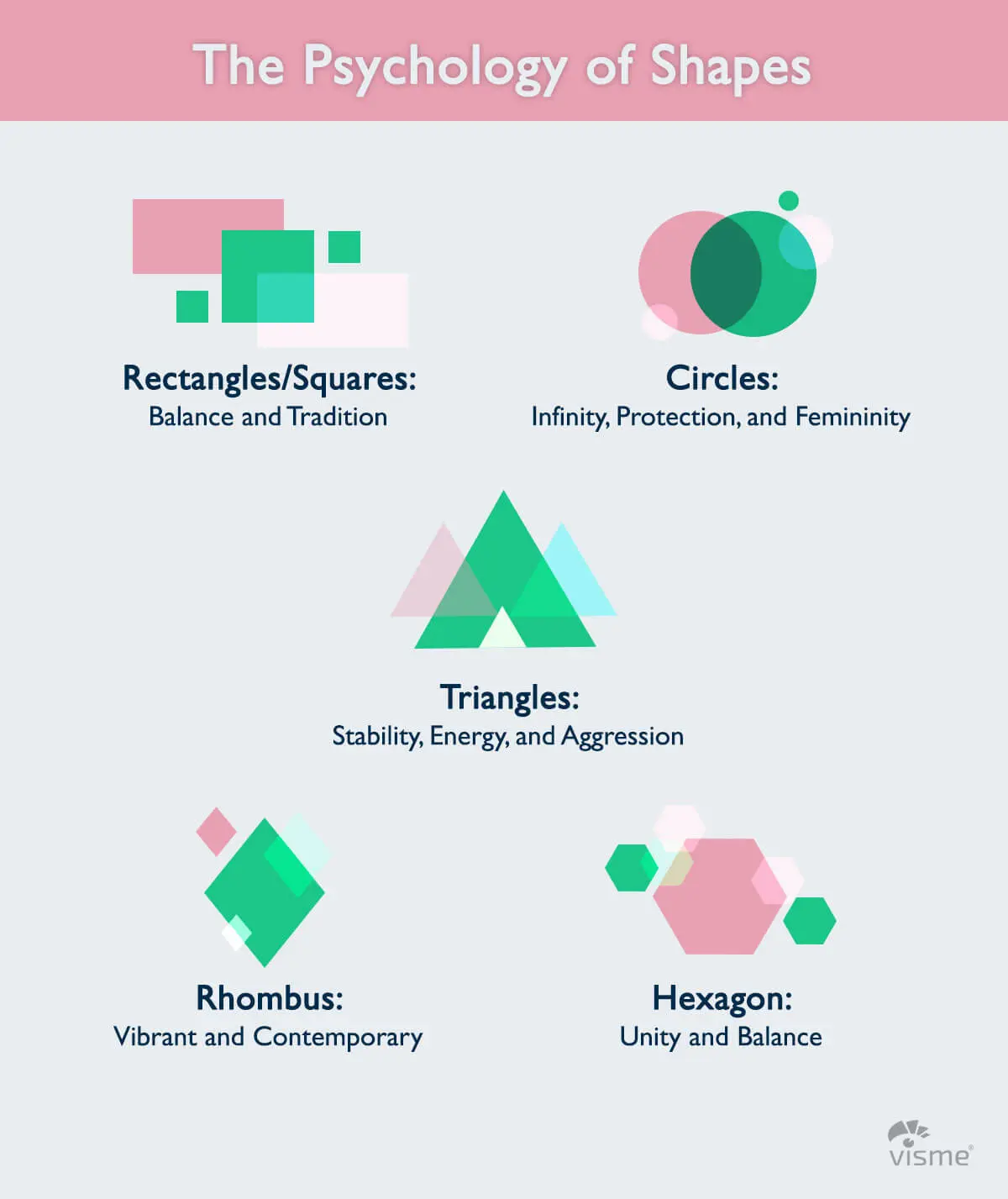
However, using shapes like triangles, rectangles, and squares in typography and logo can change the tone of your branding, making it seem strong and efficient. Beware of using just sharp edges and shapes for your brand style, as it may give your target audience an impersonal and cold feeling.
It is best to neutralise and balance these shapes with bright and fun colours.
4. Logo
Undoubtedly, your brand’s logo is one of the most important things customers will remember you by. Inappropriate logo usage in branding can unintentionally convey a negative message to your customers.
Many brands don’t realise that opting for a clean, uncluttered logo with a clear message can be more powerful than using a messy or clumsy logo. While these logos may look appealing at first and may even seem unique to you, they can be harder to retain in a customer’s mind.
Ideally, you should follow the industry guidelines and standards when creating a logo for your brand. However, it is completely fine if you choose not to but make sure you know the tone and message.
It is pivotal to design secondary logos to develop a complete visual brand identity — a simpler version of the original. Mostly, this is done to make the logo acceptable, appealing and compatible with smaller formats that you may use on a website or a business card.
6. Website
Having a user-friendly and informational website is just as important as creating a solid identity for your brand. Most customers check out a company’s website to learn more about it before purchasing a product or service.
You must follow specific content guidelines when creating a good company website. And hiring a professional for the task will take care of all these complexities for your company website.
How To Create The Brand Style Guide?
Now that you know about creating a strong identity for your brand, let us talk about the brand style guide.
Taking note of all the minor details when creating an identity for your brand can be tough, if not impossible. So, a brand style guide, or brand guidelines, are important as they serve as a personal rulebook containing all necessary information about the logo, colour palette, fonts and other design elements that compose your company’s identity.
Without proper guidelines, brands can unintentionally misuse their design elements in marketing strategies. Examples of this may be placing a brand logo with a dark or neutral hue on a website with a dark navy and blue background. Doing so will make the brand logo invisible, but it will also negatively impact audiences.
However, having a brand style guide can help you make these decisions much more easily and quickly without much trial and error. Plus, the brand style guide can be created by team members or with the help of a professional. Some of the things that you can include here are:
- The name and tagline and what they communicate
- The brand voice or tone of the brand communication (humour, formal, etc.)
- An idea of the intended target audience through suitable personas
When it comes to creating a lasting impact on customers, neither content nor products and services on their own can get the job done. It is an amalgamation of your brand style, core values, marketing strategies and consistent efforts in customer research that can truly make an impact.
If you want to create your own style guide that appeals to audiences, having style guides in a written form can help you make certain vital decisions while creating the logos and choosing the typography, colours, etc.
Why Is Brand Style Guide Important?
A brand style guide essentially tells you the right colours, typeface, shapes and design elements you can use for the brand’s advantage. No company exists without proper style guides, which help them create a consistent look.
Adhering to appropriate guidelines while defining your brand’s tone and style can ensure brand consistency and avert an inconsistent or messy appearance, which is very unappealing to your target audience.
If you are struggling with creating a consistent brand style guide for your company, look at some examples followed by top brands in the industry. Additionally, you can check out their marketing strategies and how they use certain colours, fonts, and themes to the optimum advantage.
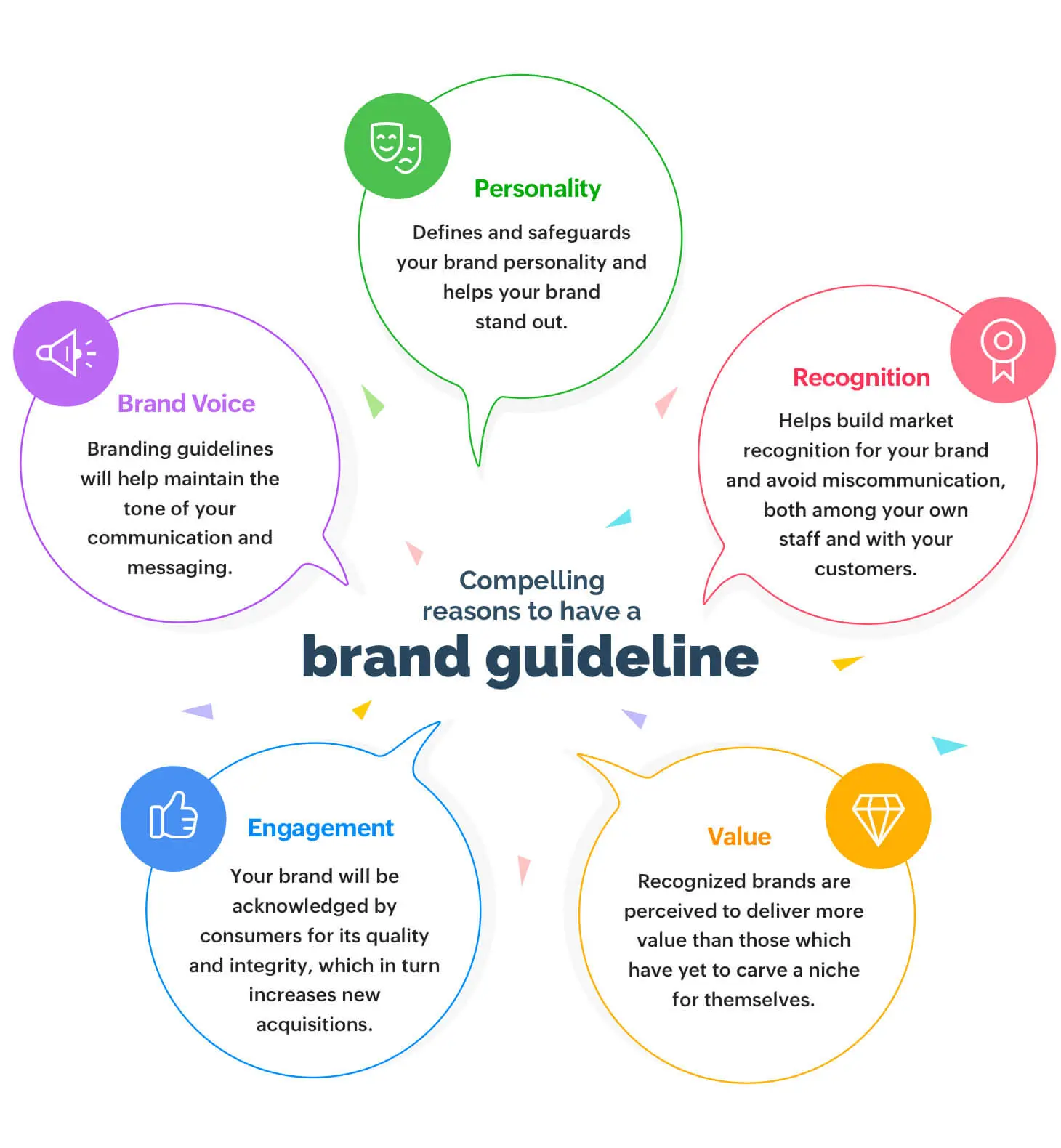
Building a Brand for Your Business
The brand style guide and identity are two important assets for any brand that can affect how its target audiences perceive them.
Every brand wants to be seen in a good light among customers. Large companies with teams in different locations across the globe can benefit hugely from making their style guides available online. Skype, Adobe and Trello publish their brand guides publicly so that employees can access them whenever needed.
And the best way to ensure that you have a strong style guide and identity is to hire professional designers and experts for your company.
Some business owners find that doing this on their own can be challenging. This is why the team at sitecentre®️ is here to make a difference. It’s our mission to help small businesses develop a compelling online identity and brand. We can assist in developing a style guide that enhances your company’s image while ensuring the company logo, mission, and other visual elements are designed for success. You can reach our team by calling the telephone number on our website.
With your style guide in hand, it won’t be long before customers see your brand as one of the industry’s best, most appealing ones!





